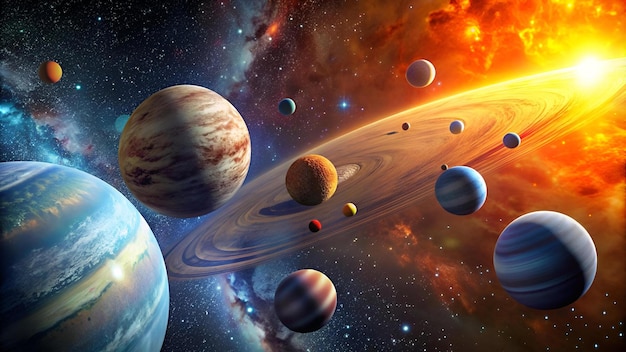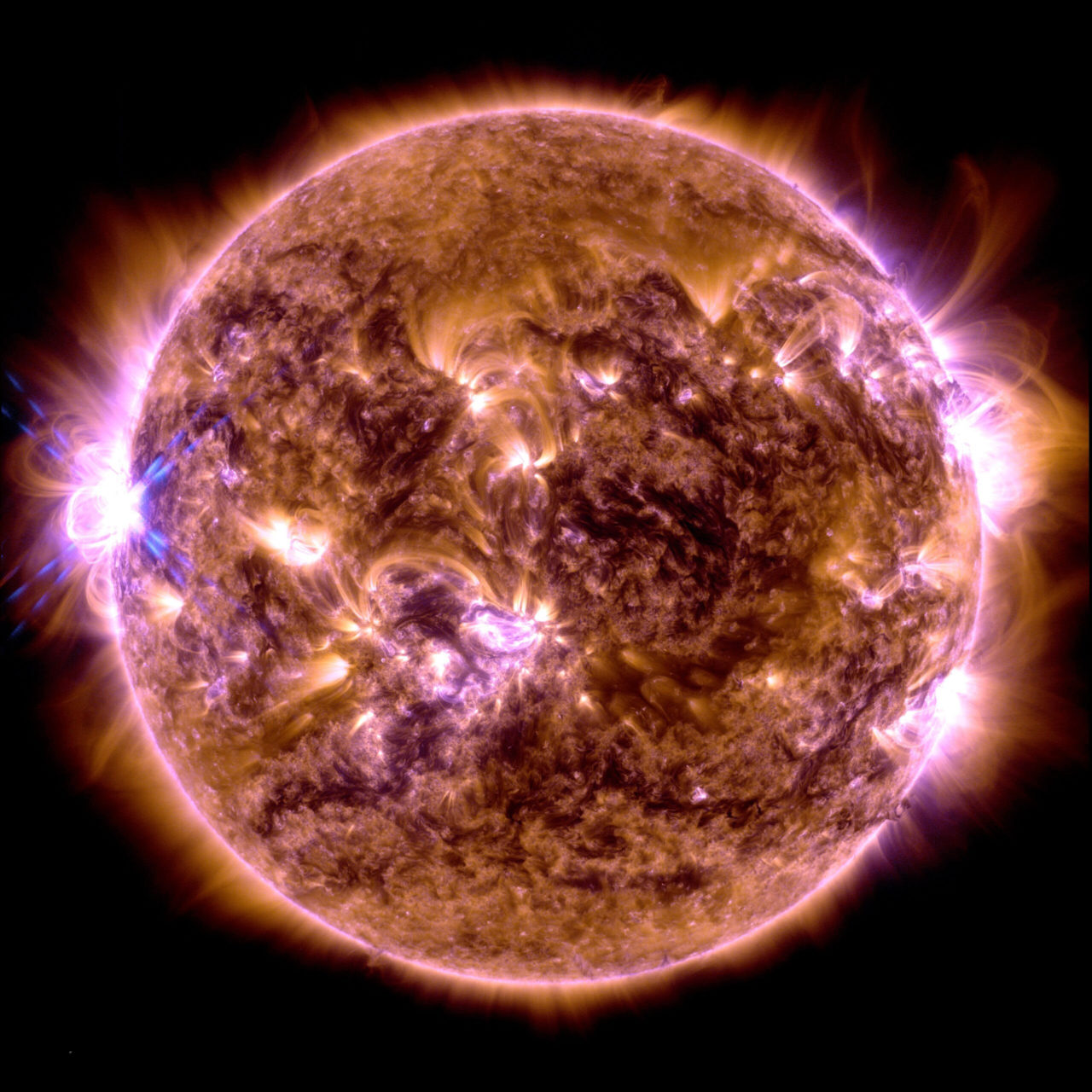
The exploration of the solar system and the discovery of exoplanets now allow a comparative study between the Earth and different extraterrestrial analogues. Tools used to study extraterrestrial objects include observations, mainly from dedicated space missions, modeling, especially through global climate models, and experimentation.
Thanks to the links with the atmosphere of our planet, the study of the other atmospheres of the solar system is a theme strongly developed at IPSL. These other atmospheres are those of Mars and Venus of course, that of Titan, satellite of Saturn having an atmosphere as dense as the Earth, but also more tenuous atmospheres such as that of Mercury, Triton or Pluto. The generalization of this research can also include the study of atmospheres of the same type on exoplanets.

As with the other themes, this research is structured around three complementary methodologies:
In situ measurements
Performed from orbital platforms, atmospheric or surface probes, and observations from Earth or space observatories, these measurements provide direct data that serve as a reference for understanding the studied atmospheres. IPSL teams are therefore involved in the Mars-Express, Venus-Express, Cassini-Huygens missions for Titan, and Bepi-Colombo for Mercury. Close collaborations exist with the observatories, in particular LESIA, in Meudon.

Numerical modelling
This method aims to reconstruct the overall properties of an atmosphere from physical and chemical theories. The General Circulation Models (GCM) developed between LDM and LATMOS are powerful numerical simulators used for Earth weather forecasting or for the study of our planet’s climate.
From an initial state where winds, pressures and temperatures are given, in the first place, and based on well-known physical laws (conservation of mass, energy and amount of movement, heating and radiative cooling, etc.), the model calculates the global evolution of the atmosphere. The Earth model developed at IPSL being built not on the results of observations, but on physical principles, it was possible to adapt it to the study of planetary atmospheres (Titan, Mars, Venus) with the objective of understanding the different climates, improving our understanding of meteorology in general in a spirit of comparative planetology.
These models are also used to provide the necessary information for the exploration of these environments (aerobraking techniques, aerocapture, atmospheric entry…).
Experimental simulations
With regard to planetary atmospheres, IPSL develops at LATMOS the PAMPRE experiment (Production of Aerosols in Microgravity by Reactive Plasma). The atmosphere of Titan has the particularity of producing organic aerosols at the scale of the satellite. These aerosols play an important role in Titan’s climate, but there is little direct data on the physical and chemical properties of these aerosols.
The PAMPRE experiment therefore aims to study the processes of formation of these aerosols, as well as their properties, by the production of analogues of these aerosols (called tholins) in the laboratory under conditions approaching that of the atmosphere of Titan. The analogues produced can also serve as a reference material for the data processing of the Cassini and Huygens probe experiments dedicated to the study of Titan.




